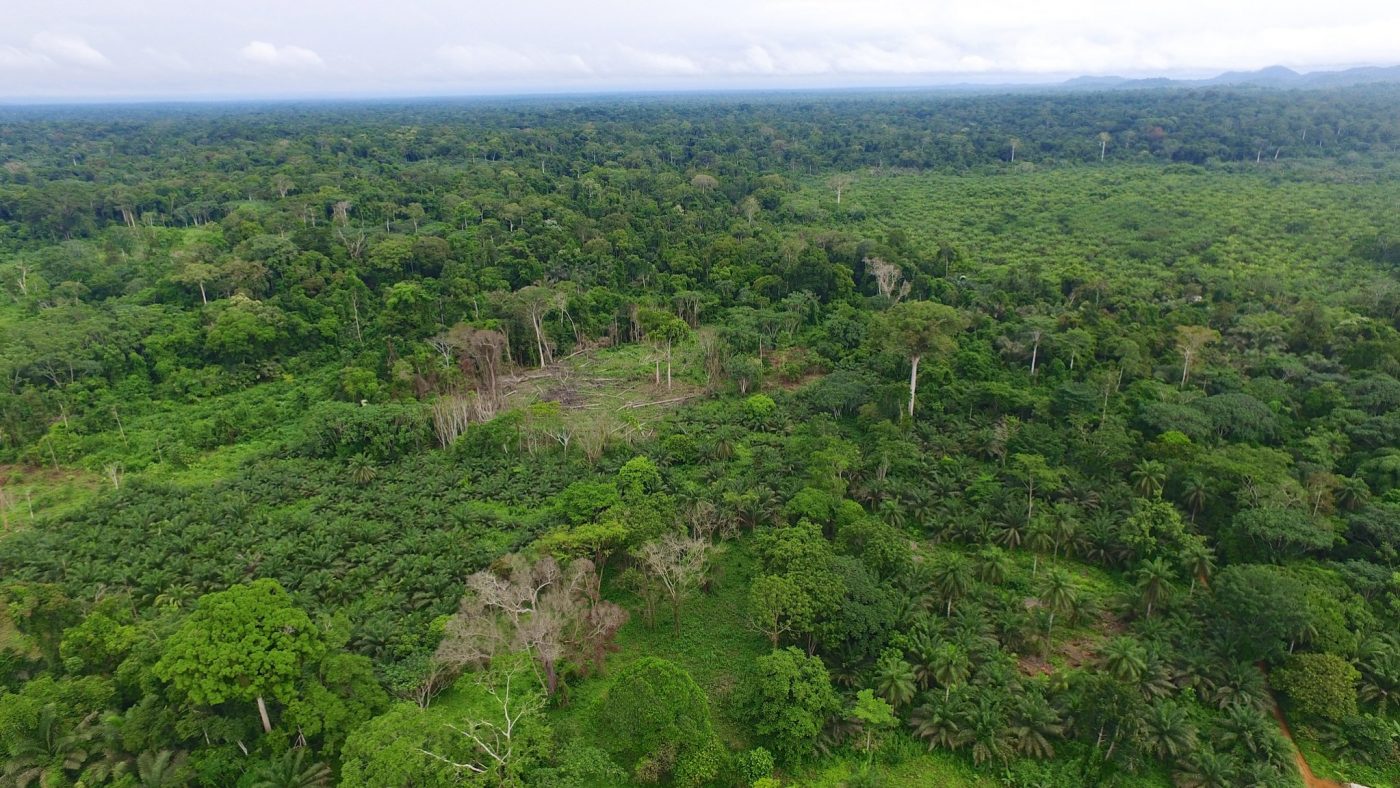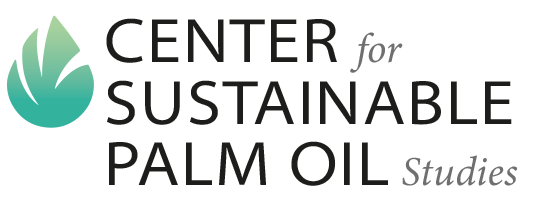
Although Cameroon, the largest palm oil producer in Central Africa, produced more than 450,000 tons in 2020, it still imports about 130,000 tons a year to meet its domestic demand. Most of the imported palm oil comes from Indonesia, Malaysia and Gabon. For several years, Cameroon has been faced with a dilemma: boosting productivity without jeopardizing sustainably.
This is the goal of the OPAL (Oil Palm Adaptive Landscape) project, which was started in 2015 to improve the management of oil palm landscape in Cameroon, Colombia and Indonesia that rank among the leading tropical palm oil producing countries. The project is supported by an international consortium comprising ETH Zurich University, the Center for International Forestry Research (CIFOR), and is implemented in Cameroon by the World Wildlife Fund (WWF) and the Cameroon Ministry of Agriculture and Rural Development (MINADER).
To increase interaction among the various stakeholders in the sector, the OPAL Cameroon team began by creating a participatory role-playing game called CoPalCam (Cooperation in the Cameroonian oil palm value chain) an innovative awareness-building tool that was developed together with smallholders, agro-industries and the government.
 Two men are using a traditional method to process palm oil fruit, the oil will immediately be sold and used personally. Photo by Mokhamad Edliadi/CIFOR
Two men are using a traditional method to process palm oil fruit, the oil will immediately be sold and used personally. Photo by Mokhamad Edliadi/CIFOR
Creating awareness
A total of six sessions of the CoPalCam game were played using scorecards and piles of money by operators from the same production zone who each chose one of the following roles: small-scale producer, owner of an industrial mill, owner of a small local (artisanal) mill, and owner of a secondary processing company (soap, vegetable oil, cosmetics).
Through the role-playing in the game, small oil palm producers and agro-businesses, whose interests are sometimes different and divergent, became aware of each other’s needs and challenges.
In Cameroon, oil palm plantations cover more than 170,000 ha of national land, including 70,000 ha of industrial plantations and 100,000 ha of village plantations. According to Emmanuel Ngom, an expert at MINADER, the 70,000 ha of industrial plantations produce about 180,000 tons of palm oil, while the 100,000 ha of village plantations produce only about 90,000 tons. Furthermore, the extraction rate of palm oil from fresh nuts is 21% in local industrial mills and 14% in artisanal mills.
Through the CoPalCam game, smallholders have learned why industrial mills are more efficient than the small local mills they normally use.
“The game certainly created awareness that encouraged the producers to change the way they operate and helped them make the right decision on increasing productivity” Mr Ngom said.
The constraints identified during the CoPalCam game persuaded a group of smallholders located near the Société Camerounaise de Palmeraies (SOCAPALM) plantation in Dibombari to think about creating a cooperative to increase productivity and income.” Illustration by Sylvain Mazas
Illustration by Sylvain Mazas Illustration by Sylvain Mazas
Illustration by Sylvain Mazas Illustration by Sylvain Mazas
Illustration by Sylvain Mazas
Influencing the decision-makers
The project team also used the CoPalCam game to make the government aware of how the oil palm sector works in Cameroon and the stakes and challenges of its sustainability.Drum full of palm oil that has been processed. Photo by Mokhamad Edliadi/CIFOR
In Cameroon, the sustainable management of agricultural land is still a huge challenge for the government. Smallholders seek arable lands to expand their production areas, and sometimes pay no attention to problems related to sustainable forestry practices. The government wants to modernize the artisanal oil palm sector and increase production. The project team feels that the game allowed stakeholders to discuss these issues in a transparent, fair and impartial manner.
These get-togethers led to the resumption of discussions, – that had been put on hold since 2016, – on a national strategy for sustainable palm oil production. Those involved in the value chain adopted eight guiding principles to ensure production sustainability that focus on economic viability, environmental sustainability, strengthening good governance and improving social cohesion in the sector.
“The OPAL Project contributed to the preparation of the national strategy document on the sustainable development of the oil palm sector in Cameroon. This strategy is quite advanced and now only needs Government approval,” says Emmanuel Ngom.
With regard to advocating to the agro-industries, SOCAPALM and SAFACAM, subsidiaries of the SOCFIN group, are responsible for more than 50% of Cameroon’s palm oil production and are seeking RSPO certification from the Roundtable on Sustainable Palm Oil.
Communities in the oil palm sector have also learned about the challenges connected to RSPO certification and what changes in their relations with the agro-industries that will involve.
Watch the film to find out more.
Story development and script: Madeleine Ngeunga
Illustrations: Sylvain Mazas
Photos: Mokhamad Edliadi
Video: OPAL Cameroon project
Web design: Gusdiyanto
Editor: Julie Mollins
Project coordinator: Heru Komarudin, Budhy Kristanty
Original Link: https://forestsnews.cifor.org/71988/on-the-road-to-sustainable-palm-oil-production-in-cameroon?fnl=en


